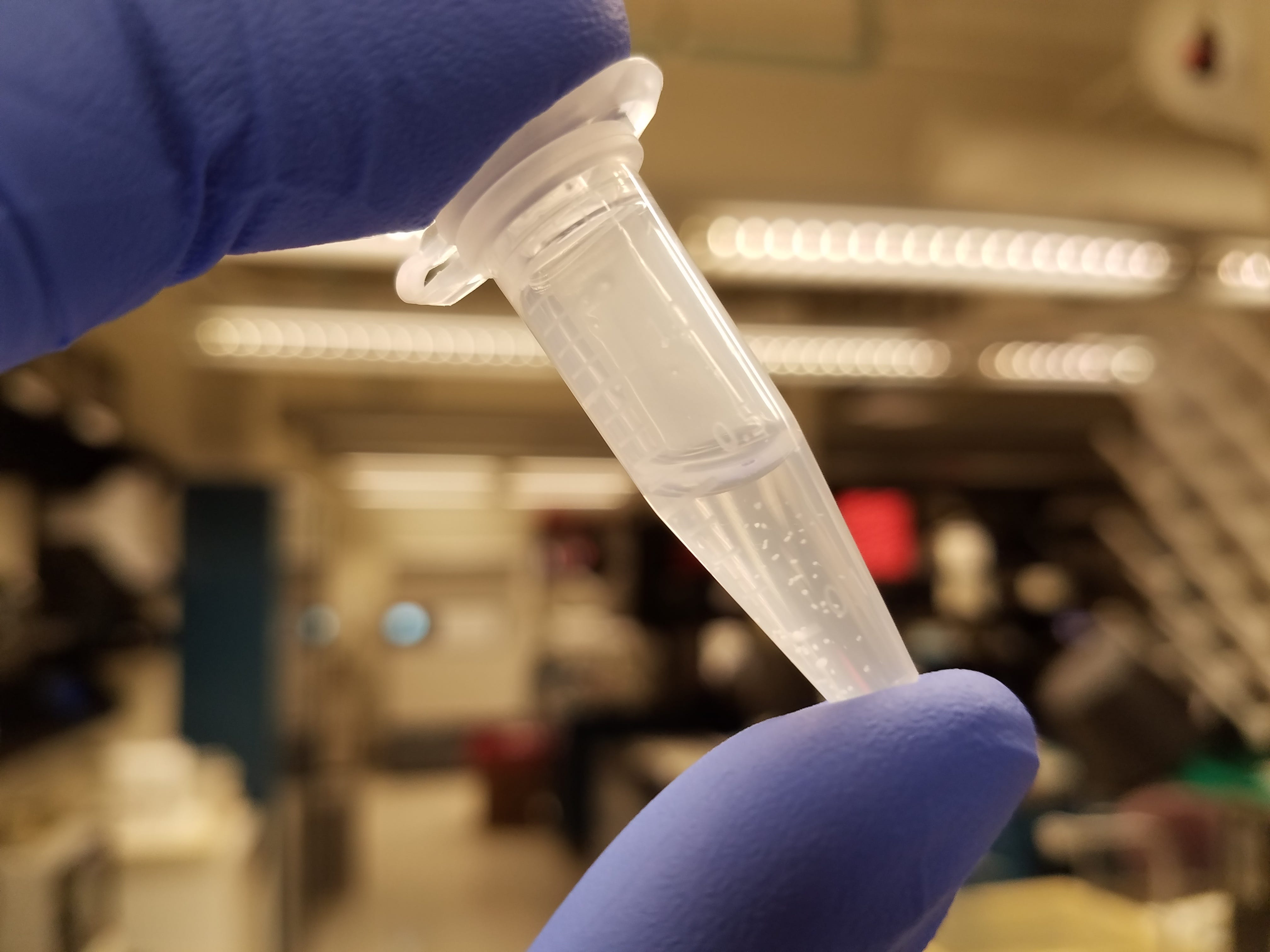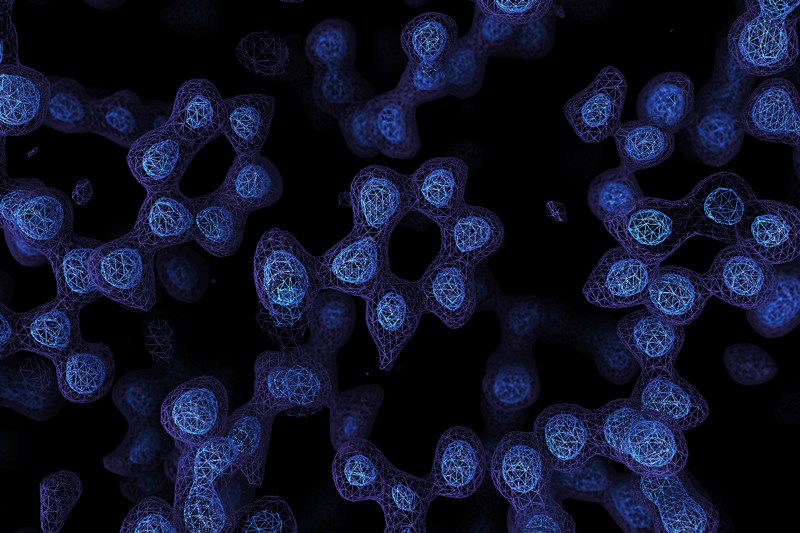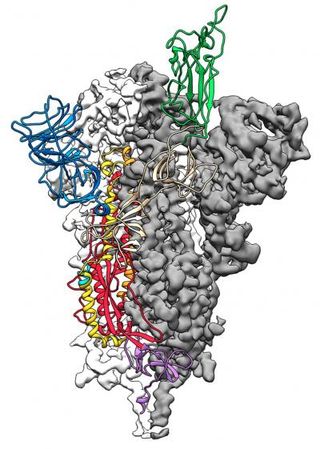 |
| Human sperm swim faster by flapping their tails on just one side and rotating around. Researchers used a high-speed 3D camera to capture the gamete’s 20–30 swimming strokes per second. What looks like boring side-to-side wiggling when observed in a dish is actually more of a precessing corkscrew motion. (Science | 2 min read) Reference: ScienceAdvances paper (Polymaths-lab.com) |

Reconstruction of the Cretaceous marine animal Marsupites testudinarius.
(Image: © J. Hoyal Cuthill)
Weird, multisided geometric shapes called buckyballs have been discovered in an unexpected place: marine animals that lived 80 million years ago.
Microscopic forms of buckyballs have been found in molecules within cosmic dust, in gases and in some types of rocks. But researchers were surprised to find them at a much larger scale in fossils of two species of Cretaceous crinoids, which are relatives of modern starfish and sea urchins. The plates on the crinoids' bodies created multifaceted, hollow structures that the scientists identified as buckyballs.
Their discovery is the first evidence that the bizarre buckyball shape occurs naturally at such a large scale, the scientists reported in a new study.










